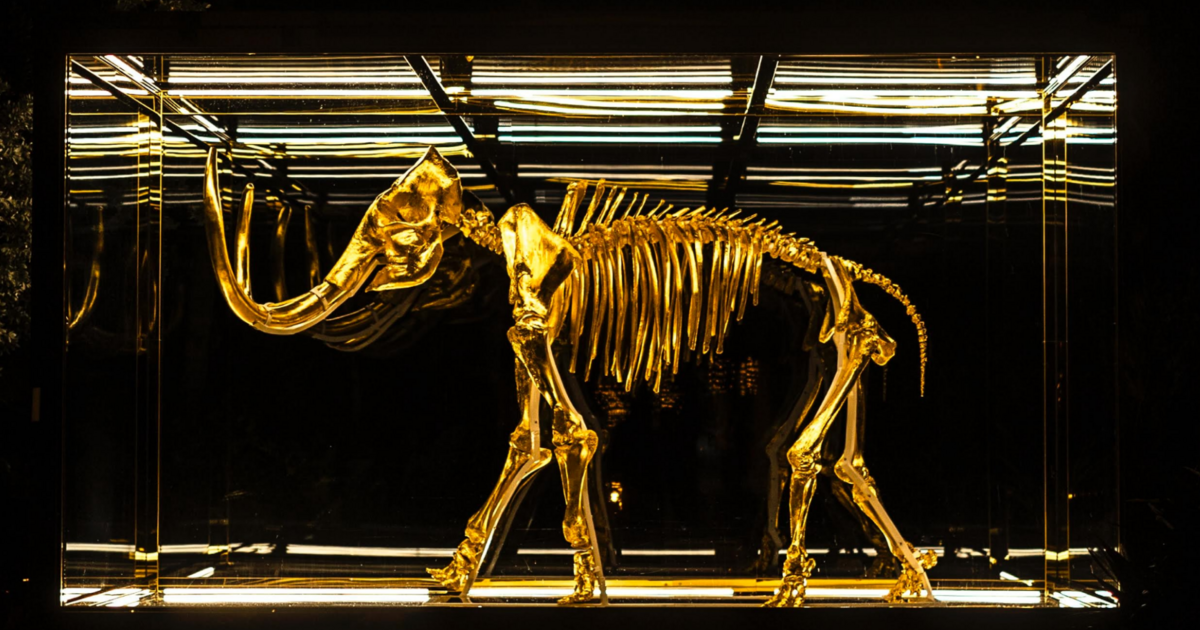Pierre Lindenbaum<p><a href="https://genomic.social/tags/glimpse" class="mention hashtag" rel="nofollow noopener noreferrer" target="_blank">#<span>glimpse</span></a> v2 released: <a href="https://github.com/odelaneau/GLIMPSE/releases/tag/v2.0.0" rel="nofollow noopener noreferrer" target="_blank"><span class="invisible">https://</span><span class="ellipsis">github.com/odelaneau/GLIMPSE/r</span><span class="invisible">eleases/tag/v2.0.0</span></a></p><p>"GLIMPSE2 is a set of tools for phasing and imputation for low-coverage sequencing datasets" </p><p><a href="https://genomic.social/tags/lowCoverage" class="mention hashtag" rel="nofollow noopener noreferrer" target="_blank">#<span>lowCoverage</span></a></p>
Recherches récentes
Aucune recherche récente
Options de recherche
Disponible uniquement lorsque vous êtes connecté.
mastouille.fr est l'un des nombreux serveurs Mastodon indépendants que vous pouvez utiliser pour participer au fédiverse.

Mastouille est une instance Mastodon durable, ouverte, et hébergée en France.
Administré par :
Statistiques du serveur :
591comptes actifs
mastouille.fr: À propos · Annuaire des profils · Politique de confidentialité
Mastodon: À propos · Télécharger l’application · Raccourcis clavier · Voir le code source · v4.3.4
#lowcoverage
0 message · 0 participant · 0 message aujourd’hui
Pierre Lindenbaum<p><a href="https://www.biorxiv.org/content/10.1101/2022.11.28.518213v1" rel="nofollow noopener noreferrer" target="_blank"><span class="invisible">https://www.</span><span class="ellipsis">biorxiv.org/content/10.1101/20</span><span class="invisible">22.11.28.518213v1</span></a> <a href="https://genomic.social/tags/lowCoverage" class="mention hashtag" rel="nofollow noopener noreferrer" target="_blank">#<span>lowCoverage</span></a> <a href="https://genomic.social/tags/ngs" class="mention hashtag" rel="nofollow noopener noreferrer" target="_blank">#<span>ngs</span></a> <a href="https://genomic.social/tags/genomics" class="mention hashtag" rel="nofollow noopener noreferrer" target="_blank">#<span>genomics</span></a> <a href="https://genomic.social/tags/ukBiobank" class="mention hashtag" rel="nofollow noopener noreferrer" target="_blank">#<span>ukBiobank</span></a> "<a href="https://genomic.social/tags/Imputation" class="mention hashtag" rel="nofollow noopener noreferrer" target="_blank">#<span>Imputation</span></a> of low-coverage sequencing data from 150,119 UK Biobank genomes" "The release of whole genome sequencing data for 150,119 UK Biobank (UKB) samples represents an unprecedented opportunity to impute lcWGS with high accuracy. However, despite recent progress, current methods struggle to cope with the growing numbers of samples and markers in modern reference panels, resulting in unsustainable computational costs. "</p>
ExplorerFlux en direct
Mastodon est le meilleur moyen de suivre ce qui se passe.
Suivez n'importe qui à travers le fédivers et affichez tout dans un ordre chronologique. Ni algorithmes, ni publicités, ni appâts à clics en perspective.
Créer un compteSe connecterGlissez et déposez pour envoyer
